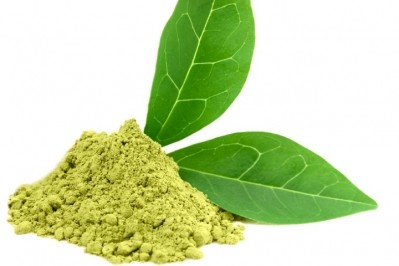Kemin enters natural zeaxanthin market: ‘It’s a natural thing for us to do’

Demand for zeaxanthin, which is typically combined with lutein in eye health supplements, currently outstrips supply, said Alex Fink, marketing director for the human nutrition and health division at Kemin.
“We are very well-known for our lutein so selling zeaxanthin is a natural thing for us to do. It rounds out our portfolio.”
Fink was speaking to NutraIngredients-USA after Kemin entered into a partnership with plant breeder Ball Horticultural Company and its subsidiary Chrysantis to secure access to seeds of marigolds bred to contain high levels of zeaxanthin.
Eye health supplements market showing steady growth
Under their deal, Kemin gains exclusive global rights to supply the food, supplement and personal care markets with zeaxanthin from patent-protected marigold hybrids developed by Chrysantis to contain 50-60% zeaxanthin compared with the more typical 2% in varieties bred for their lutein content.
“A lot of the zeaxanthin on the market today is synthetic, although you can buy naturally-sourced zeaxanthin from paprika", said Fink.
"But using marigolds is new. In our lutein product there is always a bit of zeaxanthin, but these marigolds are bred specifically for zeaxanthin.”
The eye health supplement market is growing steadily at around 6-8% a year, he added.
“In this industry, you get some products that become really hot and you’ll get 50-100% growth and then after a couple of years they are gone. But growth in eye health products has been very steady since the early to mid-1990s.”
The AREDS2 study
He added: “But what tends to happen is that when a positive study comes out you’ll see a spurt in growth.
“For example, when the National Eye Institutes’ Age-Related Eye Disease Study 2 (AREDS2) is published [a major trial to assess the effects of oral supplementation of lutein and zeaxanthin and/or EPA and DHA on the progression to advanced age-related macular degeneration] I expect there will be a lot of publicity and promotion around that.”
Meanwhile, Chrysantis will also continue to develop new and improved patent-protected marigold hybrids that offer even higher levels of zeaxanthin, said Fink.
“Chrysantis specializes in marigold varieties that produce high levels of dietary zeaxanthin with a documented quality and safety profile.“
A great strategic fit for Kemin
Along with FloraGLO Lutein, the zeaxanthin from Chrysantis’ marigold hybrids is Generally Recognized as Safe (GRAS) for use in foods and beverages as well as dietary supplements, added Jeff Flora, president of Kemin’s human nutrition and health division.
“A plant-based, dietary source of zeaxanthin from Chrysantis is a great strategic fit for Kemin. Adding this new technology to our portfolio reinforces our continued commitment to provide quality, science-based ingredients with documented benefits for eye health and function, and overall nutrition.”
Age-related macular degeneration
Lutein and zeaxanthin are found together in foods from paprika and kiwifruit to saffron and naturally deposited as a protective layer in the macula, a small spot in the back of the eye responsible for central vision.
Within the central macula, zeaxanthin is the dominant component, whereas in the peripheral retina, lutein predominates.
A growing body of research suggests that in combination, they may protect the lens of the eye from oxidative stress, reduce the risk of cataracts and help to guard against age-related macular degeneration, the leading cause of legal blindness for the over 55s in the Western world.
















